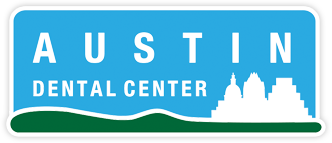Though dentists will generally do everything in their power to preserve the natural strength and beauty of teeth, unfortunately, there are times when a damaged tooth cannot be saved.
It could be that the tooth failed to form correctly, suffered a traumatic break, didn’t respond well to dental treatment, or is simply too big for the allotted space.
Whatever the reason might be for the prescribed extraction, there are a few things you can expect during and after the procedure.
Before Tooth Extraction
Leading up to the extraction, the dentist will likely have an x-ray taken to determine how to most effectively approach the removal. He or she will also ask for a list of medications, vitamins, and supplements that you take on a regular basis. In some instances, antibiotics will be required prior to surgery, if there is an infection present, a weakened immune system is suspected, or if you have been diagnosed with a certain medical disorder.
During Tooth Extraction
In some cases, a tooth extraction will call for general anesthesia, however in many cases, the dentist can perform the procedure with a localized numbing agent or conscious sedation. If the tooth is visible, a simple extraction will be performed, which means that the dentist will loosen the tooth with a dental tool known as an elevator. Forceps are then used to dislodge it. If the tooth, however, is still beneath the surface (impacted), then an incision must be made into the gums to reach the tooth beneath.
After Tooth Extraction
There will likely be some discomfort after the procedure is complete and the dentist will generally prescribe a pain reliever or suggest an over-the-counter NSAID routine. A light amount of bleeding for a day or so afterward is not uncommon, but should cease relatively quickly. Ice packs can be used to minimize facial swelling and the area should heal within one to three weeks, depending on the type of extraction performed.
For more information about the procedure and the risks, continue reading the full article.

